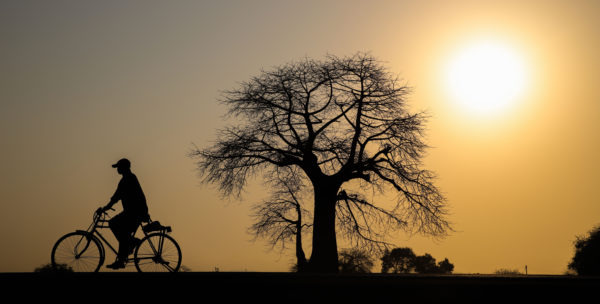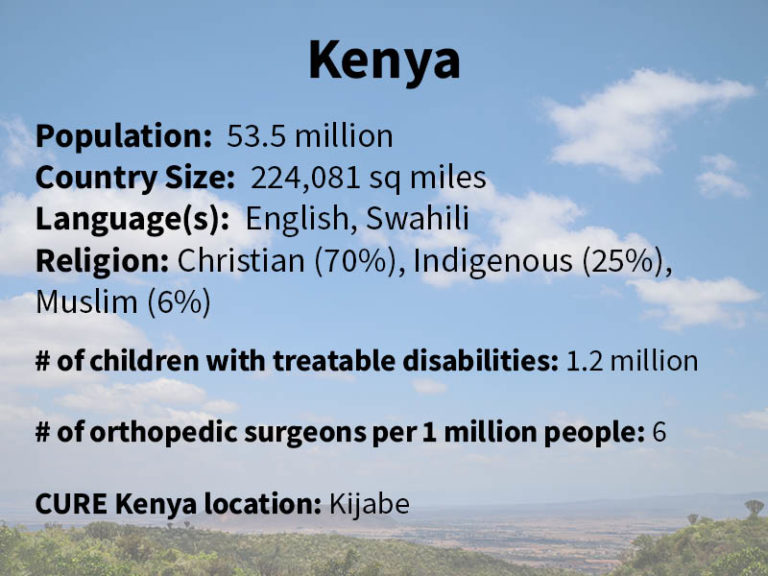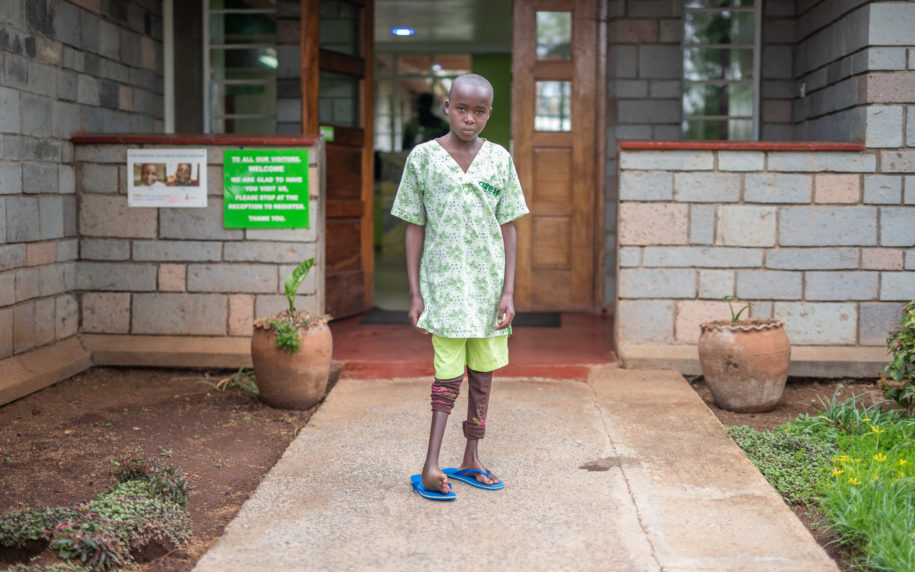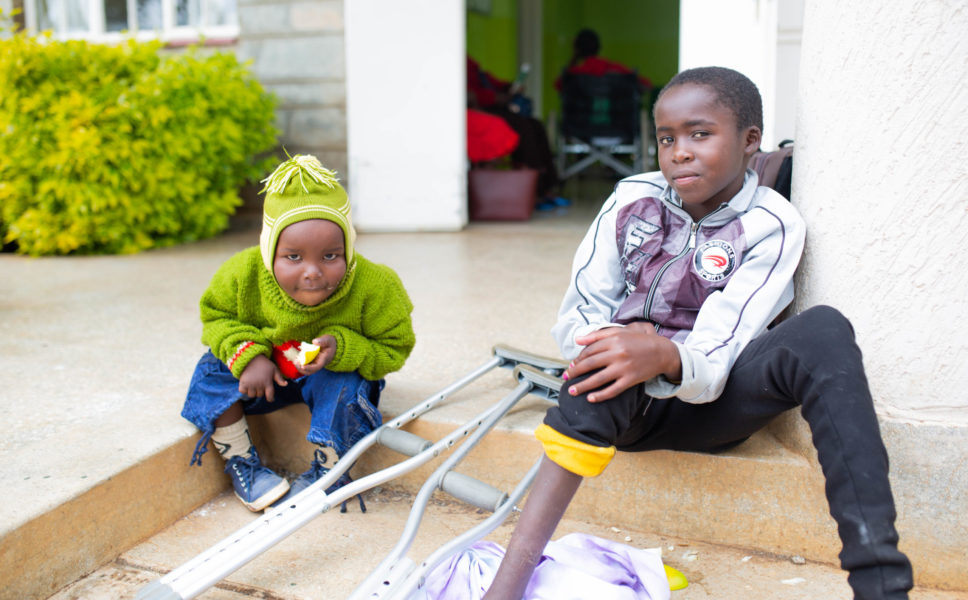The need for children’s medical care in Kenya
Kenya is a beautiful country located in East Africa and is the home of the famous Mount Kenya. Most people travel to Kenya on safari just to see all the beautiful wild animals and experience all the different cultures in the country. The people of Kenya are very kind and hospitable, and the country terrain rises from a low coastal plain on the Indian Ocean to mountains and plateaus at its center. Kenya’s climate is subtropical in the west and southwest highlands, hot and humid along the coast, and hot and dry in the north and east. In the interior of the country, you will find the Great Rift Valley and a fertile high plateau in the western parts of the country, and almost half of the country is used for agriculture.

Most Kenyans who live in the cities and urban areas are those who are actively employed, whereas those in rural areas are primarily the people living in poverty. Although Kenya’s economy is the largest and most developed in eastern and central Africa, 43.4% of the population live below the poverty line.
With such a huge population living in poverty, it is very rare to find people going to hospitals unless it is an injury or illness that is perceived to be very serious. Most people just stay at home and use traditional remedies or visit herbalists, who are cheaper than hospitals. People living with disabilities in rural areas have no access to modern medical services, and children often are left with very few options to get around. The most common form of disabilities in Kenya are those that affect mobility. We see many children with clubfoot and cerebral palsy at CURE Kenya. Children living with disabilities are left at home while their family works, often farming, to make a living.

CURE estimates that 1.2 million children are living with treatable disabilities in Kenya. Many of these children have mobility issues, like Dorcas (pictured below). Dorcas suffered from clubfoot, and she grew up dealing with the condition. Now, she is 13 years old and does not attend school. She has since been treated at CURE Kenya, has a better chance of doing well in school when she is ready to enroll.

In Kenya, children with disabilities often find themselves on a downward spiral. Many of them do not have the means to provide well for themselves and live in poverty, but CURE children’s hospitals want to help change this! CURE Kenya is well-positioned to identify and treat many disabilities to give children a better future. We are not able to do this on our own. It is only with the support of our donor friends that we can change vulnerable children’s lives in Kenya.
Ecclesiastes 4:9-10, Two are better than one, because they have a good return for their labor. If either of them falls down, one can help the other up.
With your support, we can visit more homes and schools, and conduct more mobile clinics to identify more children with treatable disabilities. Together, we can change their story and share the love of Christ with them.
Footnote: Article written by Elvis Lemaiyan, CURE Kenya Storyteller
